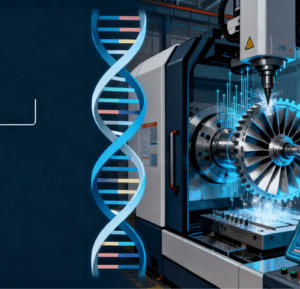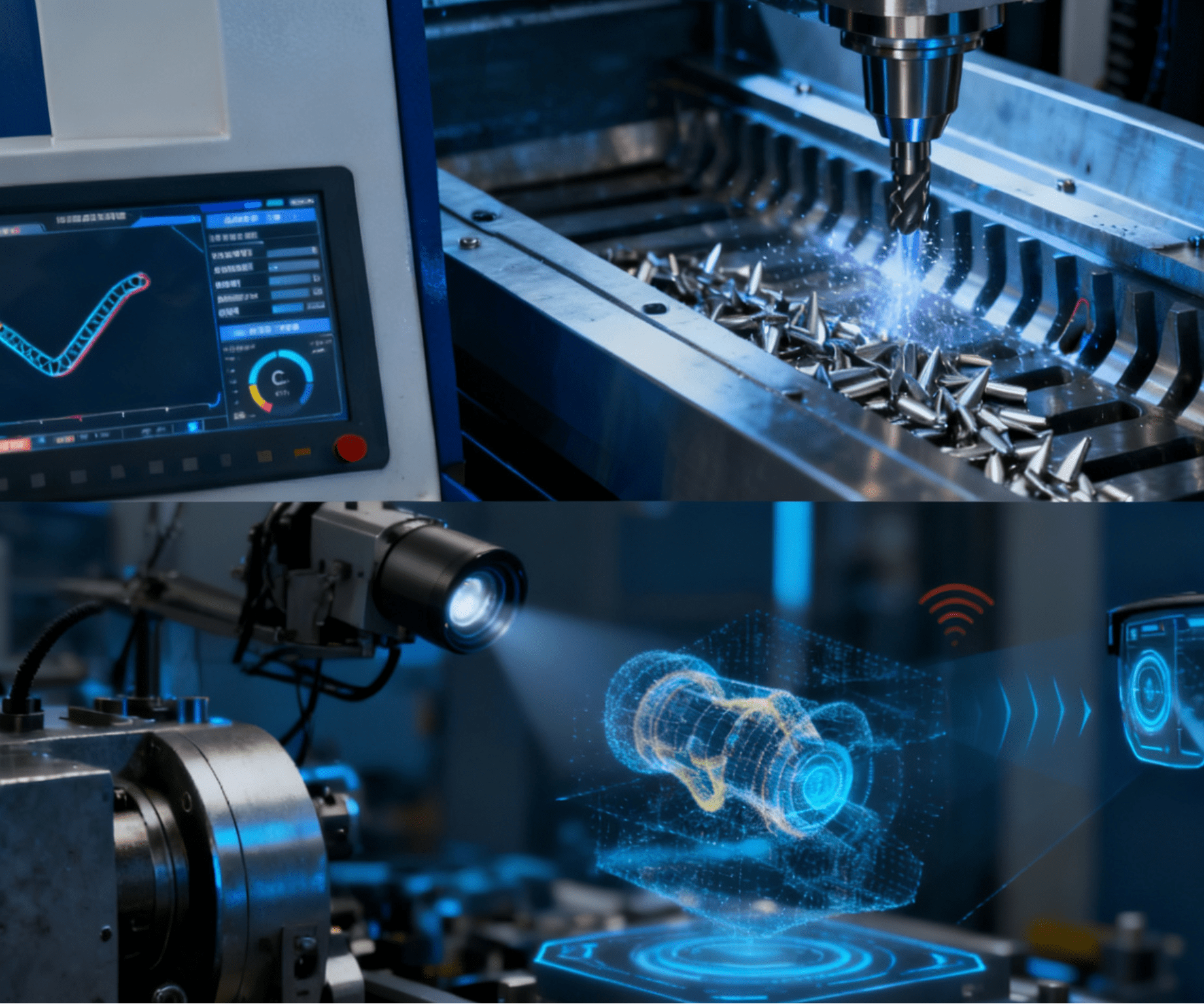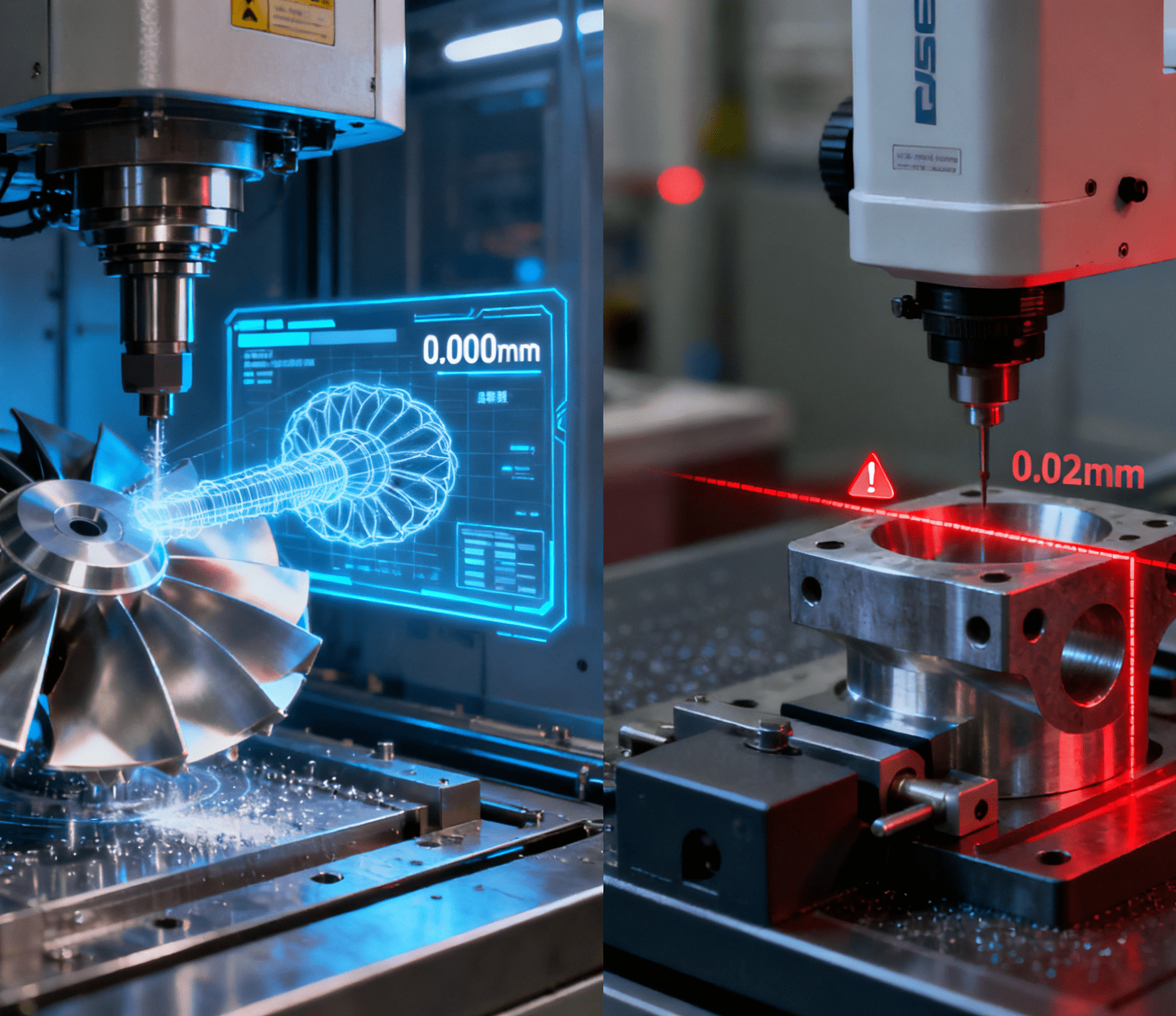
In the field of CNC (Computer Numerical Control) machining, process route planning is a key link to ensure machining quality and efficiency. Whether to continue with traditional methods or boldly attempt innovation in CNC machining process route planning has long been a hot topic in the industry. CNC machining, especially CNC precision machining and precision part machining, imposes extremely high requirements on the scientificity and rationality of process routes.
Traditional Process Route Planning: Mature, Stable and Low-Risk
Traditional CNC machining process route planning, verified through long-term practice, is characterized by maturity and stability. Based on existing machining experience and fixed processes, it features clear operating specifications. For example, in precision part machining, the traditional process route follows a predetermined cutting sequence: rough machining first to remove most of the material allowance, followed by semi-finishing and finishing, to gradually achieve the dimensional accuracy and surface quality required by the design.
The advantages of this approach lie in low risk and ease of mastery for operators after training. For machining parts with simple structures and relatively low precision requirements, it can complete tasks efficiently and stably. Moreover, the machining parameters, tool selection, and other aspects of traditional process routes have clear guidelines, resulting in less uncertainty during processing and effectively ensuring product quality consistency.
Innovative Process Route Planning: Tech-Driven Efficiency and Precision
However, with the development of the manufacturing industry, bold innovations in CNC machining process route planning have gradually emerged. Innovative process route planning often leverages advanced computer simulation technology and data analysis methods. By simulating the machining process through software, potential issues can be identified in advance and the machining path optimized.
In CNC precision machining, innovative process routes can adopt more flexible tool paths and cutting strategies based on the complex shapes of parts, reducing machining time and improving precision. For instance, for precision parts with complex curved surfaces, the traditional process route may require multiple clamping operations and multiple processes. In contrast, an innovative process route can use advanced technologies such as 5-axis simultaneous machining to complete the processing of multiple surfaces in a single clamping, which not only improves machining efficiency but also reduces errors caused by repeated clamping. Another typical example is the production of precision mechanical components that require nut assembly: innovative process routes integrate CNC machining with nut automatic assembly machines, where the CNC system first finishes high-precision threading or mounting hole machining, and then the assembly machine automatically performs precise nut feeding, alignment, and tightening based on real-time data synchronization—eliminating manual transfer links, avoiding assembly deviations caused by human factors, and realizing a seamless connection between machining and assembly, which significantly improves production efficiency and product consistency.

Practical Selection: Balancing Tradition and Innovation Based on Scenarios
In practical applications, the choice between adhering to tradition and embracing bold innovation requires comprehensive consideration of various factors. For large-batch CNC machining with relatively fixed part structures, traditional process route planning, with its advantages of stability and low cost, can ensure production continuity and efficiency.
However, for new product R&D, small-batch production, and precision part machining with extremely high requirements for accuracy and efficiency, innovative process route planning is more advantageous. It can quickly respond to design changes, meet personalized machining needs, and enhance product competitiveness.
In CNC machining process route planning, adhering to tradition and embracing bold innovation are not mutually exclusive. Traditional process route planning serves as the foundation for industry development, providing experience and reference for innovation. Meanwhile, innovation is the driving force for industry progress, bringing new ideas and methods to CNC machining. In practical operations, enterprises should reasonably select and apply traditional and innovative process route planning methods based on specific machining requirements, part characteristics, production scale, and technical capabilities. This will achieve the optimal balance among quality, efficiency, and cost in CNC machining, promoting the sustainable development of the CNC machining industry.
Automation engineering of production lines in the automotive industry
AI production line automation robots in the automotive industry




















